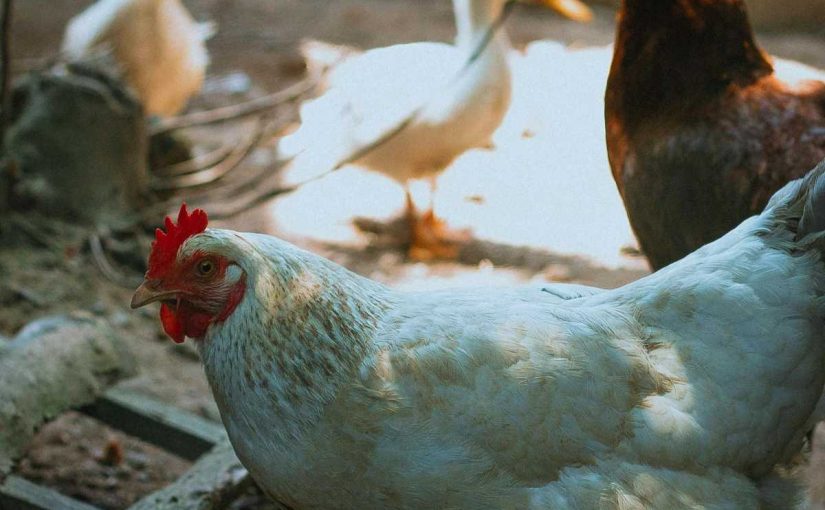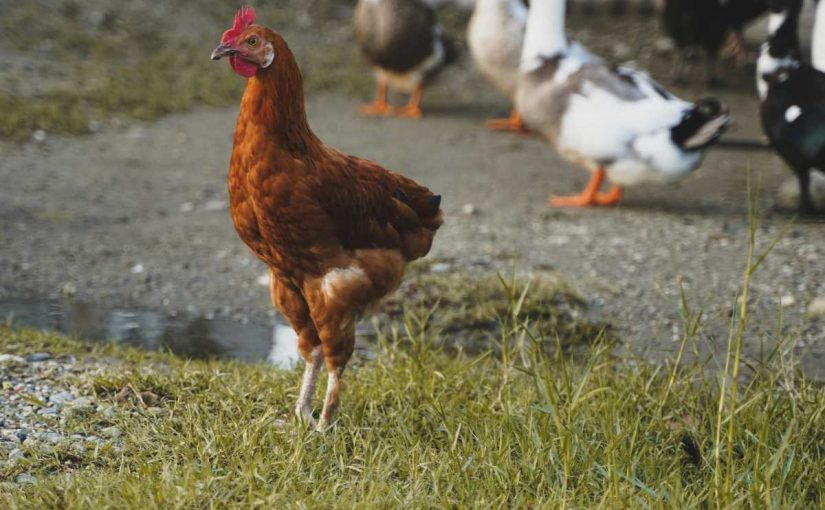In a world increasingly dominated by industrial agriculture, raising heritage breeds has become a way to reconnect with our agricultural roots and preserve traditional traits. Heritage breeds of livestock and poultry are known for their unique genetic traits, resilience, and flavor. In this blog, we’ll explore what heritage breeds are, their importance in sustainable agriculture, and the traditional traits they embody.
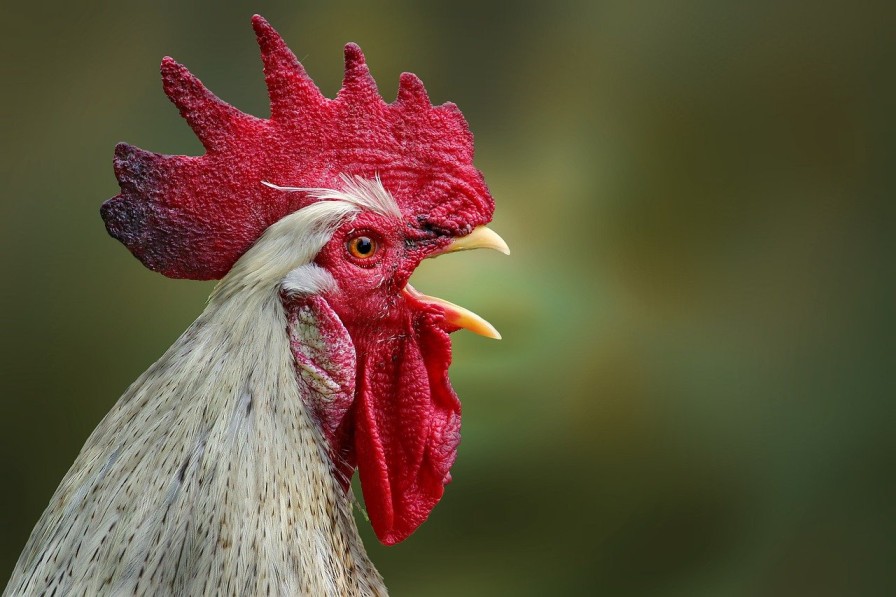
1. What Are Heritage Breeds?
Heritage breeds refer to livestock and poultry varieties that have been bred for generations under traditional farming practices. These breeds are typically characterized by:
- Genetic Diversity: Heritage breeds have a wider gene pool compared to commercial breeds, making them more resilient to diseases and environmental changes. For example, the genetic diversity in heritage pig breeds like the Large Black or Berkshire can help mitigate the effects of a disease outbreak, as not all animals will be susceptible.
- Traditional Characteristics: They often possess traits that have been selected for specific local conditions, such as adaptability, hardiness, and productivity. For instance, the Tamworth pig is known for its ability to thrive in outdoor environments, making it a popular choice for pasture-based farming.
- Flavor and Quality: Many heritage breeds are known for their superior flavor, texture, and overall quality of meat, milk, and eggs. The flavor profile of heritage chicken breeds, such as the Bresse, is often described as richer and more nuanced compared to conventional broilers.
2. The Importance of Raising Heritage Breeds
a. Preserving Genetic Diversity
Raising heritage breeds helps maintain genetic diversity within our livestock populations. This diversity is crucial for food security and can protect against diseases and climate change. As commercial breeds dominate the market, many heritage breeds face extinction. According to the United Nations Food and Agriculture Organization (FAO), approximately 1,000 livestock breeds have become extinct over the last 100 years, highlighting the urgent need for conservation efforts. By choosing to raise heritage breeds, farmers contribute to the preservation of biodiversity and the resilience of agricultural systems.
b. Sustainable Farming Practices
Heritage breeds are often better adapted to local environments, requiring fewer resources than commercial breeds. They thrive on pasture, eat less grain, and can often forage for their food. This adaptability reduces the need for artificial feed and lowers the environmental impact of livestock farming. For example, the Delaware chicken is known for its excellent foraging ability, allowing it to produce meat and eggs with minimal feed input. This sustainability aspect not only benefits the environment but also promotes economic viability for small-scale farmers.
c. Connecting to Tradition
Raising heritage breeds fosters a connection to traditional farming methods and local cultures. Many heritage breeds are tied to specific regions and have historical significance. By raising them, farmers keep these traditions alive and promote local agricultural heritage. The Bourbon Red turkey, once a staple in American households, embodies the rich culinary traditions of the past. By incorporating heritage breeds into your farm, you contribute to the preservation of these cultural legacies.
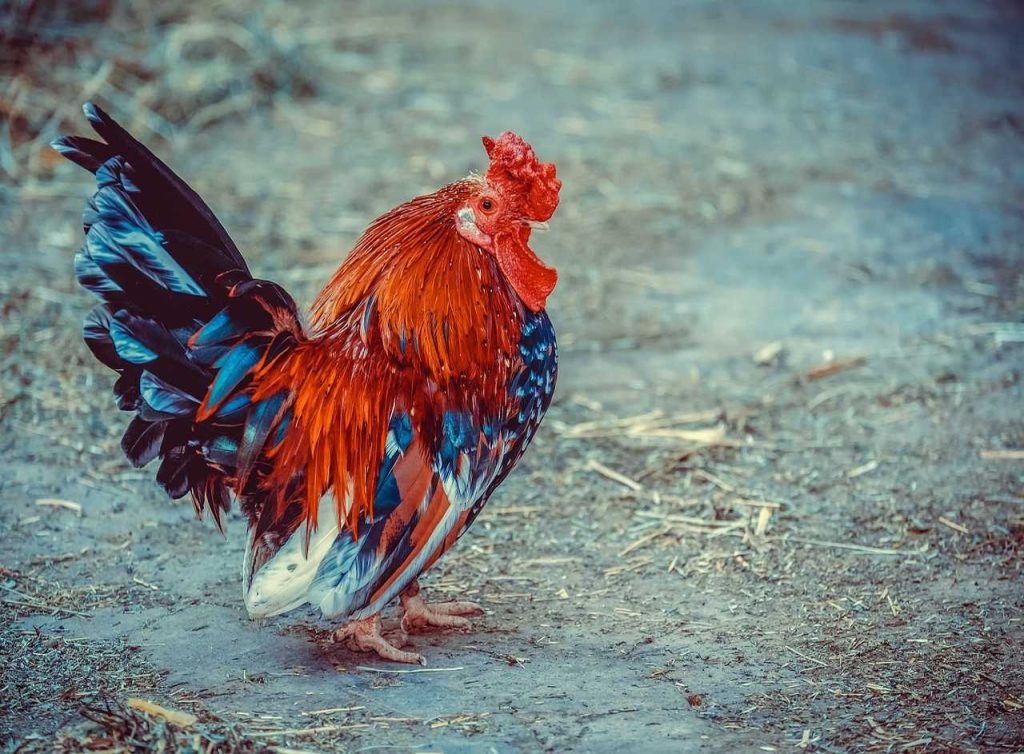
3. Traditional Traits of Heritage Breeds
a. Hardiness
Heritage breeds are known for their robustness and ability to thrive in various conditions. They often exhibit natural instincts and behaviors that allow them to adapt to their environment effectively. For example, the Rhode Island Red chicken is renowned for its hardiness in both cold and hot climates, making it a reliable choice for diverse farming conditions. This hardiness reduces the need for costly veterinary interventions and specialized housing, ultimately benefiting the farmer’s bottom line.
b. Flavorful Products
Many heritage breeds are prized for the exceptional quality of their meat, milk, and eggs. The Dorking chicken, for example, is celebrated for its tender, flavorful meat, while the Jersey cow is renowned for its rich milk, high in butterfat content. Studies have shown that grass-fed heritage breeds produce meat with a more favorable omega-3 to omega-6 fatty acid ratio, which is healthier for consumers. The unique flavor profiles of heritage breeds can also provide chefs and home cooks with distinctive ingredients to elevate their culinary creations.
c. Low Input Requirements
Heritage breeds often require fewer inputs compared to commercial varieties. They can efficiently convert forage into high-quality protein, making them more sustainable for small-scale farming. The American Guinea Hog is an excellent example, thriving on pasture and producing rich, flavorful meat without needing extensive grain feed. This ability to thrive on minimal inputs aligns with the growing demand for sustainable and ethical farming practices.
4. How to Get Started with Heritage Breeds
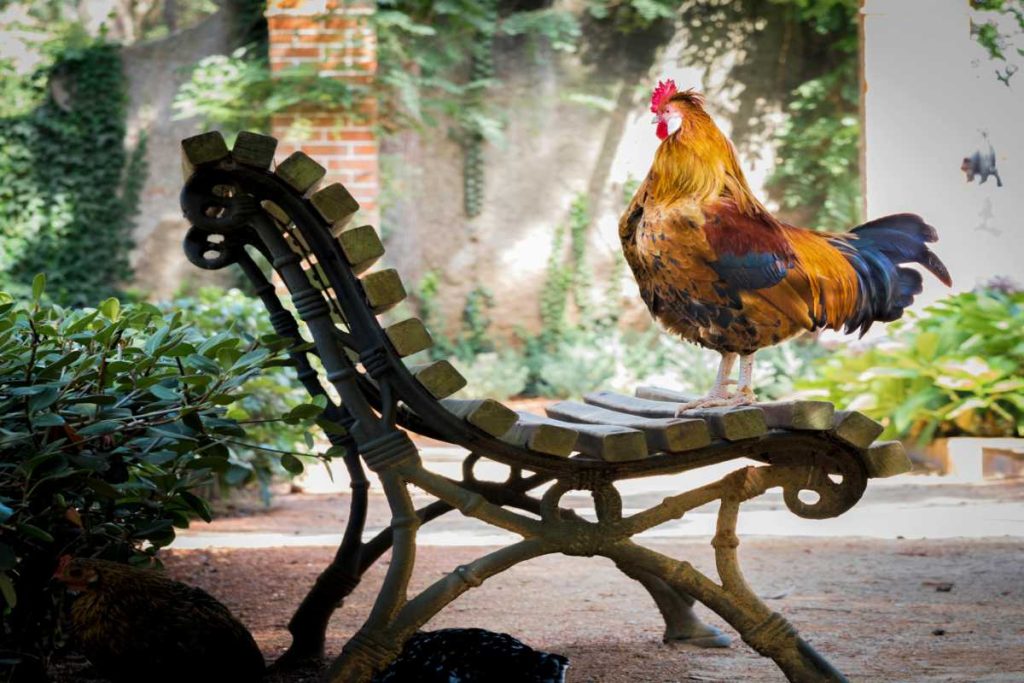
a. Research
Before diving into raising heritage breeds, research which breeds are best suited for your local climate, resources, and goals. Organizations like the American Livestock Breeds Conservancy can provide valuable information on available breeds and their traits. Attend workshops, read books, and engage with online forums to learn about the characteristics and needs of specific heritage breeds.
b. Find a Reputable Source
Look for local breeders or hatcheries specializing in heritage breeds. Purchasing animals from reputable sources ensures you are getting healthy stock and can provide you with information on their care and management. Many heritage breed associations maintain directories of certified breeders, making it easier to find quality stock.
c. Create a Suitable Environment
Heritage breeds often thrive in more traditional farming environments. Ensure you provide adequate space for foraging, appropriate shelter, and a balanced diet to help them reach their full potential. Consider rotational grazing practices to enhance pasture health and promote natural foraging behavior in your animals.
d. Join Community Groups
Connecting with other heritage breed enthusiasts can be invaluable. Local farming groups, online forums, and social media platforms can provide support, advice, and shared experiences. Participate in local agricultural fairs and exhibitions to meet other farmers and showcase your heritage breed animals. Building a network can lead to knowledge exchange and potential breeding partnerships.
5. Conclusion
Raising heritage breeds is more than just a farming choice; it’s a commitment to preserving our agricultural heritage, promoting sustainability, and celebrating traditional traits. By choosing to raise these unique animals, farmers and enthusiasts contribute to biodiversity and ensure the availability of flavorful, high-quality products for future generations.
Whether you’re a seasoned farmer or a novice looking to start your journey, exploring heritage breeds offers an enriching experience that connects you to the past while promoting a sustainable future. Embrace the beauty of traditional traits and help keep these unique breeds alive for generations to come.

